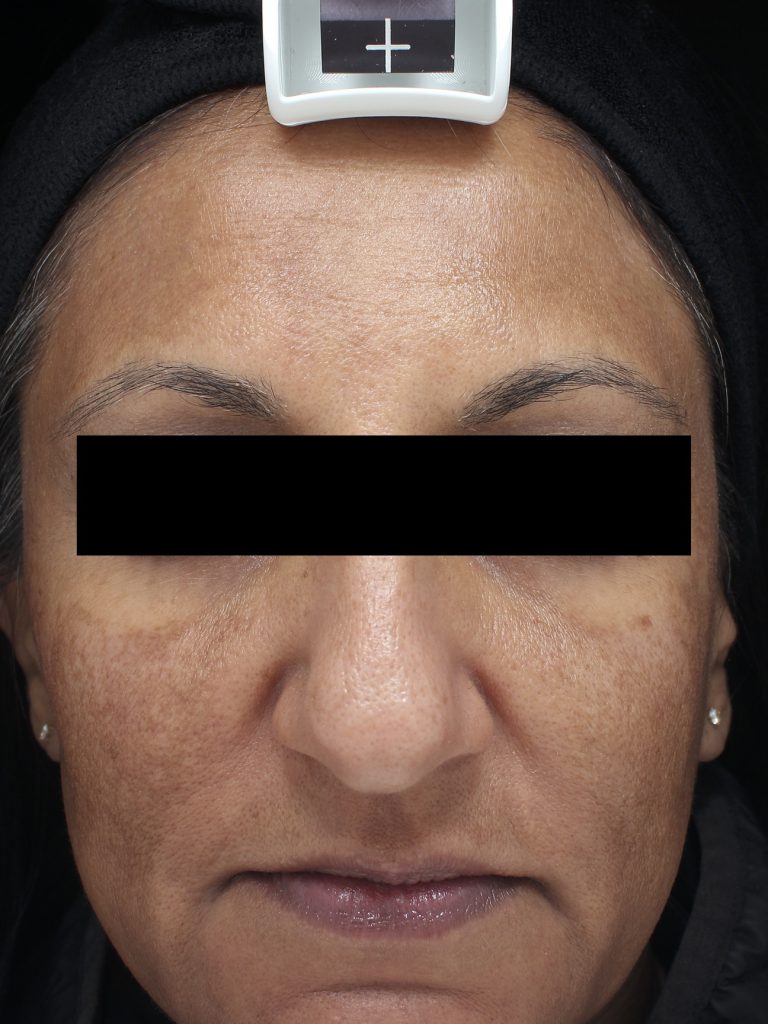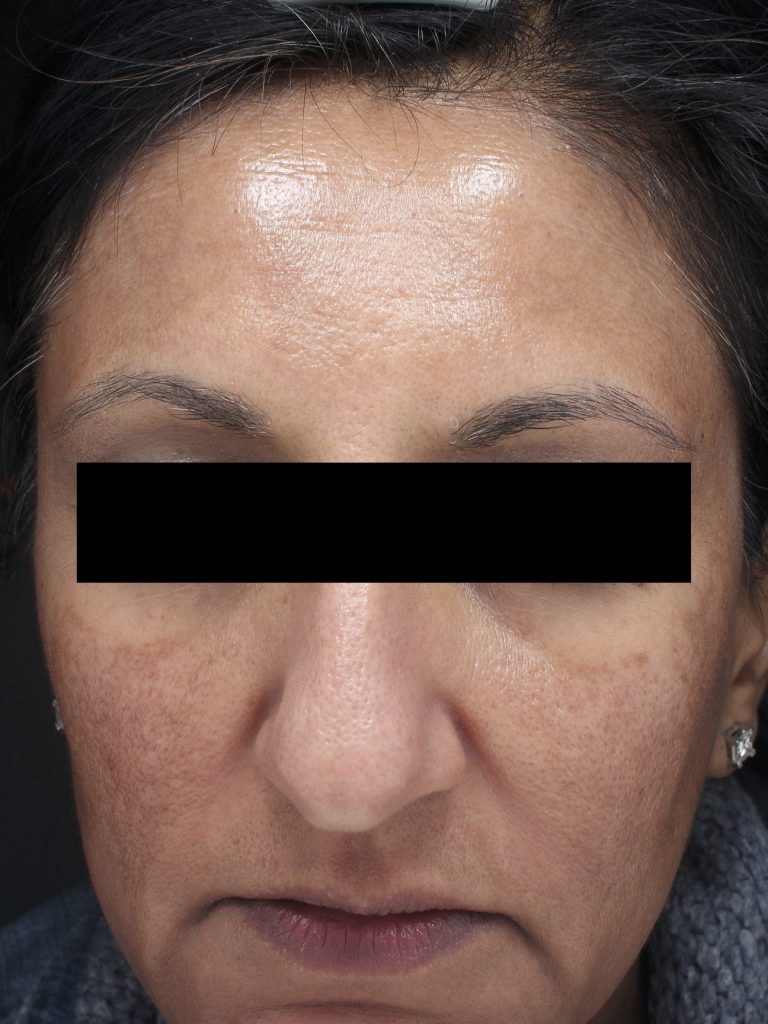Chemical peels are not only important in maintaining the health of your skin, but they are also one of the most effective facial treatments there are. Chemical peels can be used to improve issues such as uneven tone, fine lines and wrinkles, dark spots and even acne. There is a peel available for almost every skin type.
Chemical peels can be intimidating, and while there is no need to be anxious, there are a few things to know beforehand to ensure the best experience and results possible.
- Having your skin in great shape before getting a chemical peel is imperative. You can get a peel without healthy skin, but if you want great results healthy skin is definitely preferred. Pretreating your skin and being on a good home regimen will have your skin ready of any facial proce- dure.
- Peeling is nothing more than exfoliation. It seems scary to have your skin flaking off, but this is the only way to get down to the newer, healthier skin. The degree of peeling may vary depending on individ- ual skin type and condition at the time of the peel. The success of the peel should not be determined by the amount of peel- ing, but by the end results. Regardless of the degree of peeling (it may be microscopic) the skin is still sloughing off at an accelerated rate, which will result in improvement.
- Using a skin brightener or lightener at least 2-4 weeks before procedure can help reduce your risk of hyperpigmentation post procedure., so will scrupulously avoiding sun and following our post procedure instructions.
- Ask one of our skin therapists which peel is right for you. You may not want visible peeling so an AHA or BHA may be best for you. If peeling doesn’t bother you, a stronger peel may be what you are looking for. Let us know what makes you most comfortable.
- Chemical peels are not just for your face. peels can also be used on hands, back, shoulders, and chest.
- Go in with realistic expectations. If you have raised scarring or several years of damage on your skin, a single peel isn’t going to remove that. It will however smooth, tighten and brighten your skin leaving it with a more youthful appearance.
- One peel isn’t going to do the trick. A series is by far the best way to get optimal results. Our skin therapists can determine which series would be best for you.
- Sunscreen and good home care are your best friends.
The Difference between AHA and BHA
The biggest difference between AHA (alpha hydroxy acid) and BHA (beta hydroxy acid) is their lipid (oil) solubility. AHAs are water soluble and BHA are lipid soluble. AHAs and BHAs are often used together for a greater effect.
AHAs such as glycolic, lactic, and mandelic aid cell renewal, exfoliating the dead cells on the surface of the skin. Addresses minor hyperpigmentation, reduces superficial lines, and are very mild with little to no downtime.
BHA, (commonly salicylic, acid) is very bene- ficial in dealing with blocked pores, skin brightening, refining texture, eliminating acne bacteria and is an amazing anti-inflammatory. BHA is able to penetrate deeper into the pores, which contain sebum, and it helps with the exfoliation of dead skin cells that build up in the pore.
Types of Peels
Mandelic
Great for melisma, sun damage, and blemishes. Good starter peel and for darker skin tones. Good for dry, sensitive, aging skin
*Avoid use with nut allergy.
Glycolic
Facilitates quicker sloughing of cells. Improves tone and texture. Good for aging, normal, combination skin.
*Avoid use with sugar cane or strawberry allergies.
Lactic
Attracts and holds water, causing skin to plump. Improves fine lines and mild scarring. Brightens and lightens skin. Great for dry, sensitive, aging skin.
*Avoid use with milk allergy.
Salicylic
Aids in decongesting pores. Fights blemish causing bacteria. Effective against photo aging and hyperpigmentation. Good for oily, blemish prone, and rough skin.
*Avoid use with Aspirin allergy.
Modified and Light Modified Jessner Peel
Salicylic., lactic, and either glycolic or citric acid. Improves tone, texture, and mild scarring. Corrects sun damage. More of risk to irritate sensitive skin.
*Avoid use with milk and aspirin allergies.
Jessner and Light Jessner Peel
Resorcinol, lactic, and salicylic. Significant exfoliation. Improves tone, texture, mild scarring. Corrects sun damage. More of a risk to irritate sensitive skin.
*Avoid with milk and aspirin allergies.
TCA
Trichloracetic acid is a non-toxic chemical that causes the top layers of cells to dry up and peel off over a period of several days to one week. TCA peels are most commonly used to reduce brown and age spots. Improve the texture of sun damaged skin and impart more glow. Treat some types of acne. Reduce fine lines.
*Avoid use with vinegar allergy.

